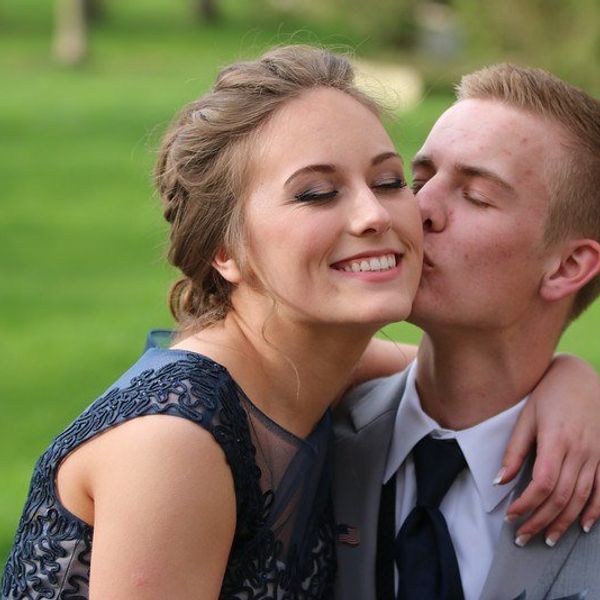There needs to be justice for the Indigenous people of Australia. Recent DNA findings have confirmed that Indigenous Australians are the most ancient heritage on Earth, dating back 75,000 years ago, and currently at risk of going extinct.
Aboriginal and Torres Strait Islander, otherwise known as Indigenous people are massively overrepresented in the criminal justice system of Australia. Indigenous people represent less than three percent of the total population, yet represent twenty-eight percent of Australia’s prisons population. In Australia the Indigenous communities keep their heritage alive by passing their knowledge, rituals, and performances down to future generations.
According to an article written by creativespirits.com, a website providing information about Indigenous people, it said, “In 1992 there were 15,000 Aboriginal prisoners, by 2012 that figure had doubled to 30,000. The imprisonment of Aboriginal people have skyrocketed from 1 in 7 of all prisoners. In 1992 to 1 in 4, and to nearly 1 in 3 in 2014.”
In Western Australia and the Northern Territory, Indigenous people represent 43% and 84% of the prison population. As an Indigenous adult they are 16 times more likely to be incarcerated than someone who is not of the Aboriginal culture.
“We cannot flee persecution to another country because we are spiritually connected to our own ancestral lands. So jails and mental institutions are full of our people,” said Wadjularbinna Nullyarimma, Gungalidda Elder and member of Aboriginal Tent. Embassy.
Data from the Australian Institute of Criminology, AIC, monitoring program shows the number of Indigenous people has been decreasing since the late 1990’s. A leading researcher in prison reform, Gerry Georgatos, revealed on a national television program that in Western Australia 1 in 13 Indigenous adult males are in prison. Gerogatos stated, “This is the highest jailing rate in the world from a racist lens.”
Going back to the creative spirits website, in 2010 thirty percent of all incarcerated prisoners were Indigenous, and forty-eight percent of juveniles in custody are Aboriginal. Many people ask why are the prisons filled with so many Indigenous people. Research shows a lack of language skills leads them to not fully understanding their court process. Many Indigenous people face social and economic difficulties along with health problems, family breakdowns and inadequate legal representation.
While Indigenous people are over representing the prisons, they are also being abused and saying their last words behind bars.
Many Indigenous people go through abuse in the prisons, and between 2010 to 2014 footage was shot of guards beating six teenage prison boys. Tear gassing them, covering their heads with hoods and strapping them by their neck half naked to special chairs. This happened at the Don Dale Youth Detention Center in Australia’s Northern Territory and was shown on public television throughout Australia. There has not been any serious actions taken since the video surfaced. Not only is there significant abuse within the prisons but many of the Indigenous prisoners have died. Indigenous deaths in custody has become an issue and a huge concern for Australia because of the high numbers.
The concern was brought to the surface in 1980’s, when the government decided to put the Royal Commission into Aboriginal Deaths in Custody in effect. The Royal Commission was to investigate the allegations of the deaths, and in 1991 another Royal Commission was put into order to investigate the 99 deaths of Indigenous people in custody from 1980 to 1989. The conclusion stated the cause of the deaths were not due to any actions taken by the police or prison officers.
According to the Australian Institute of Criminology, there have been 365 Indigenous deaths in prison and police custody since the Royal Commission into Aboriginal Deaths in Custody.
In 2004, an Indigenous man, Mulrunji Doomadgee, died in custody in Palm Island, Queensland. The police officer who had custody of Doomadgee was charged with manslaughter, and was found not guilty in June 2007. An incident that caused riots on the island but did not lead to justice.
Recently in September, 2016 an Aboriginal artist died in custody. The information that was given by the police stated the man attacked the five guards that surrounded him and left him brain dead. The evidence collected suggest the man was not offered medical attention until ten hours after the incident.
Australia is in need of a movement, a leader, a new justice system. Aboriginal people should be able to live a life of opportunity and dignity. Australia is smaller and far more racially homogenous than many people realize. There are too many lives being lost behind bars that could be prevented.





















